Home>Home Appliances>Laundry Appliances>How To Clean Pillows Without A Washing Machine
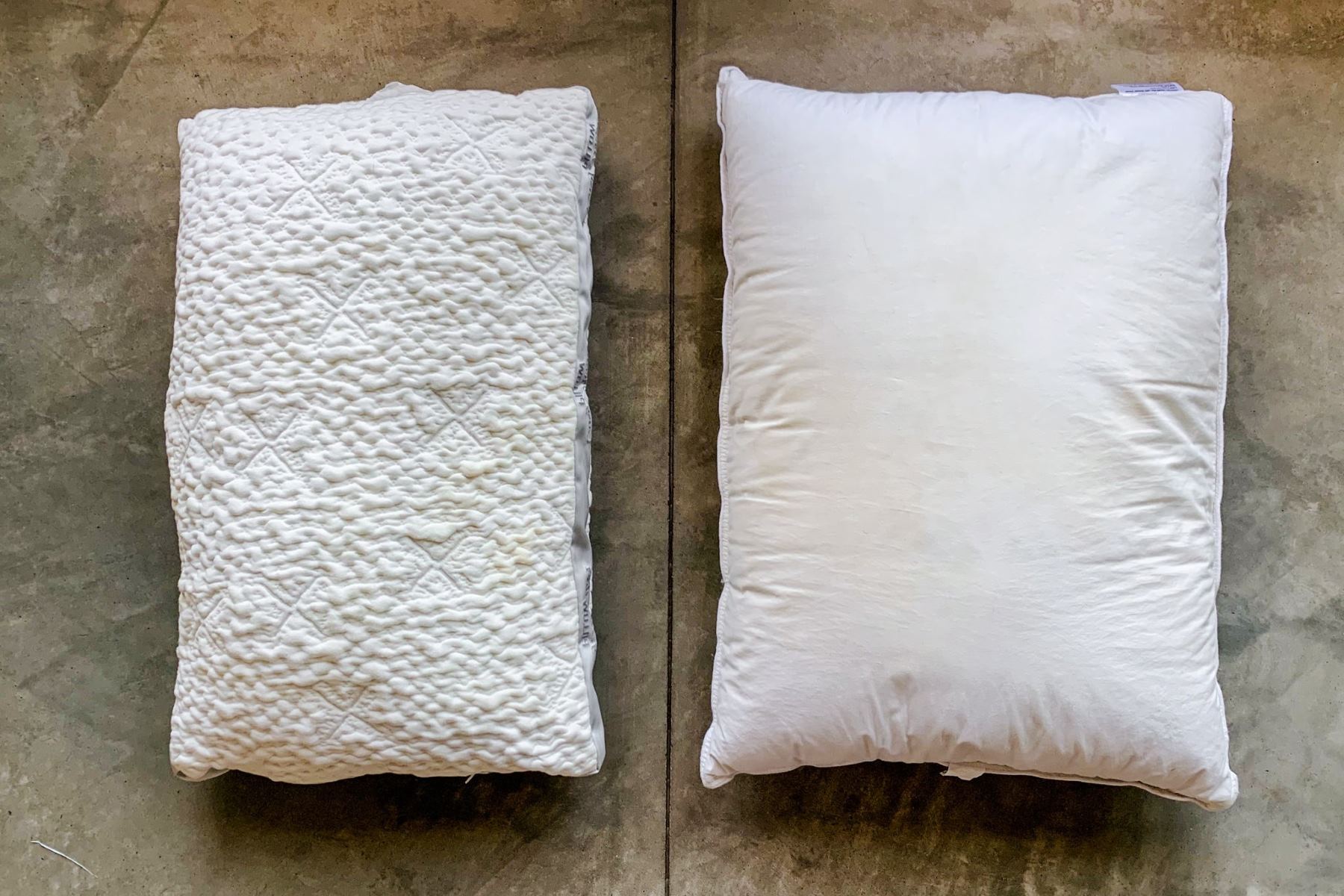

Laundry Appliances
How To Clean Pillows Without A Washing Machine
Published: February 22, 2024
Learn how to clean pillows without a washing machine using simple methods. Keep your pillows fresh and clean without the need for laundry appliances.
(Many of the links in this article redirect to a specific reviewed product. Your purchase of these products through affiliate links helps to generate commission for Storables.com, at no extra cost. Learn more)
Introduction
Pillows are an essential part of our daily lives, providing comfort and support as we rest and rejuvenate. However, over time, pillows can accumulate dirt, sweat, and other unwanted residues, leading to a less-than-pleasant sleeping experience. While washing machines are commonly used for cleaning pillows, not everyone has access to this appliance or may prefer alternative methods. In this article, we will explore effective techniques for cleaning pillows without a washing machine, ensuring that you can maintain a fresh and hygienic sleeping environment.
Cleaning pillows without a washing machine is not only practical for those without access to this appliance, but it also offers a more hands-on approach to maintaining the cleanliness of your bedding. By utilizing simple yet effective methods, you can extend the lifespan of your pillows and create a healthier sleeping environment for yourself and your loved ones.
Whether you are dealing with stains, odors, or simply want to freshen up your pillows, the following methods will empower you to tackle these challenges without the need for a washing machine. From spot cleaning to hand washing and various drying techniques, you will discover a range of strategies to keep your pillows clean and inviting. By incorporating these methods into your regular cleaning routine, you can ensure that your pillows remain a source of comfort and relaxation, free from unwanted impurities.
As we delve into the materials needed and step-by-step cleaning processes, you will gain valuable insights into the art of pillow maintenance. Embracing these techniques will not only enhance the cleanliness of your pillows but also contribute to a more restful and enjoyable sleep experience. So, let's embark on this journey of pillow care and discover the transformative power of cleaning without a washing machine.
Key Takeaways:
- Keep your pillows fresh without a washing machine by spot cleaning with mild detergent and white vinegar. Air dry in sunlight for a revitalized and inviting sleeping experience.
- Maintain pillow freshness by hand washing with gentle detergent and white vinegar. Use natural drying methods and embrace regular maintenance for a clean and cozy sleep environment.
Materials Needed
To effectively clean pillows without a washing machine, you will need a few essential materials to ensure thorough and successful cleaning. These items are readily available and will enable you to address various types of stains, odors, and general dirt accumulation. By gathering the following materials, you can embark on the journey of revitalizing your pillows and maintaining a fresh sleeping environment.
-
Mild Laundry Detergent: Opt for a gentle, mild laundry detergent that is suitable for hand washing. This will help to effectively remove dirt and stains without causing damage to the pillow fabric or fill.
-
White Vinegar: White vinegar is a versatile cleaning agent that can help eliminate odors and disinfect pillows. Its natural properties make it an excellent addition to the cleaning process.
-
Baking Soda: Known for its odor-absorbing qualities, baking soda is a valuable ingredient for freshening up pillows and combating unpleasant smells.
-
Soft Bristle Brush: A soft bristle brush or toothbrush can be used for spot cleaning and gently scrubbing away stains without damaging the pillow fabric.
-
Clean Towels: Have a few clean towels on hand to aid in the drying process and absorb excess moisture from the pillows.
-
Sunlight or Air Dryer: Depending on the weather and your location, access to sunlight for natural drying or an air dryer for indoor drying will be beneficial in completing the cleaning process.
By ensuring that you have these materials at your disposal, you can proceed with confidence, knowing that you are equipped to address various cleaning needs without the use of a washing machine. These simple yet effective materials will play a crucial role in revitalizing your pillows and maintaining a clean and inviting sleeping environment.
Spot Cleaning
Spot cleaning is a targeted and efficient method for addressing localized stains and blemishes on pillows without the need for a washing machine. This approach allows you to focus on specific areas of the pillow that require attention, ensuring that stains are effectively treated without subjecting the entire pillow to a full washing process.
To begin spot cleaning, start by creating a cleaning solution using mild laundry detergent and water. Mix a small amount of detergent with water to create a soapy solution. Using a soft bristle brush or a clean cloth, gently dab the soapy mixture onto the stained area of the pillow. Avoid scrubbing vigorously, as this may damage the fabric or spread the stain further.
After applying the cleaning solution, allow it to sit on the stained area for a few minutes to penetrate and lift the stain. Then, using a clean damp cloth, gently blot the area to remove the soapy residue and the loosened stain. Repeat this process as needed until the stain is visibly diminished.
For particularly stubborn stains, you can incorporate the use of white vinegar. Mix a small amount of white vinegar with water and apply it to the stained area using a clean cloth. The acidic properties of the vinegar can help break down and lift tough stains, providing an extra boost to the spot cleaning process.
Once the stain has been effectively treated, use a clean, dry towel to gently blot the dampened area, absorbing excess moisture. Allow the pillow to air dry completely before returning it to use.
Spot cleaning is a targeted and effective method for addressing specific stains and maintaining the cleanliness of pillows without the need for a washing machine. By employing this approach, you can effectively treat localized blemishes and ensure that your pillows remain fresh and inviting for a restful night's sleep.
Hand Washing
Hand washing is a thorough and effective method for cleaning pillows without the use of a washing machine. This approach allows for a comprehensive cleaning process that addresses the entire pillow, ensuring that dirt, oils, and odors are effectively removed. By following a few simple steps, you can rejuvenate your pillows and maintain a fresh and hygienic sleeping environment.
To begin the hand washing process, fill a large basin or bathtub with lukewarm water. Add a small amount of mild laundry detergent to the water and agitate it to create a gentle soapy solution. Submerge the pillow in the water, gently pressing it down to ensure that it becomes fully saturated.
Once the pillow is submerged, gently knead and squeeze it to allow the soapy water to penetrate the fabric and fill. Pay particular attention to any areas with visible stains or discoloration, gently working the detergent into these areas to begin the cleaning process.
After allowing the pillow to soak in the soapy water for a few minutes, drain the water from the basin or bathtub. Refill the basin with clean lukewarm water and thoroughly rinse the pillow by gently pressing and kneading it to remove the soapy residue. Repeat this rinsing process until the water runs clear, indicating that the detergent has been completely removed.
For an extra boost of freshness and odor elimination, consider adding a half cup of white vinegar to the rinse water. The natural properties of vinegar can help neutralize odors and ensure that the pillow is thoroughly refreshed.
Once the pillow has been rinsed, gently press out excess water without wringing or twisting the fabric, which can cause damage to the pillow. Place the pillow between clean towels and press down to absorb as much moisture as possible.
To complete the hand washing process, allow the pillow to air dry in a well-ventilated area, preferably outdoors in direct sunlight if weather permits. Ensure that the pillow is fully dried before returning it to use, as any remaining moisture can lead to mildew or musty odors.
Hand washing offers a comprehensive and hands-on approach to cleaning pillows without a washing machine. By following these simple steps, you can effectively remove dirt, oils, and odors, ensuring that your pillows remain fresh and inviting for a restful night's sleep.
Drying Methods
After the cleaning process, proper drying methods are essential to ensure that the pillows are thoroughly dried and free from excess moisture. Effective drying not only prevents the development of musty odors and mildew but also restores the pillows to their optimal fluffiness and comfort. Here are various drying methods to consider when cleaning pillows without a washing machine:
Air Drying
Air drying is a natural and effective method for drying pillows after hand washing or spot cleaning. Once the cleaning process is complete, place the pillows in a well-ventilated area, preferably outdoors in direct sunlight if weather permits. Ensure that the pillows are placed on a clean and dry surface, such as a clothesline or a flat, breathable surface, to allow for proper airflow.
When air drying pillows, it is important to periodically fluff and rotate them to ensure that all sides are exposed to the air and sunlight. This helps to expedite the drying process and prevents any lingering moisture from being trapped within the pillows. Depending on the weather and humidity levels, air drying may take several hours to a full day to ensure that the pillows are completely dry.
Using an Air Dryer
In situations where outdoor drying is not feasible, an air dryer can be used as an alternative method. Set the air dryer to a low or no-heat setting to prevent any potential damage to the pillow fabric or fill. Place the pillows in the dryer and add a few clean, dry towels to help absorb moisture and aid in the drying process.
Periodically check the pillows during the drying cycle to ensure that they are drying evenly and to fluff and reposition them as needed. Avoid using high heat settings, as excessive heat can cause damage to the pillows and may affect their overall comfort and integrity.
Fluffing and Patting
Regardless of the drying method used, regular fluffing and patting of the pillows are essential to ensure that they maintain their shape and loft during the drying process. Gently pat and fluff the pillows by hand to prevent clumping and to promote even drying. This simple yet effective step helps to restore the pillows to their optimal fluffiness and comfort, ensuring that they are ready to be returned to use.
By employing these drying methods, you can ensure that your pillows are thoroughly dried and ready to provide a fresh and inviting sleeping experience. Proper drying is a crucial step in the pillow cleaning process, and by following these methods, you can maintain the cleanliness and comfort of your pillows without the need for a washing machine.
To clean pillows without a washing machine, spot clean any stains with a mixture of mild detergent and water, then sprinkle with baking soda and let it sit for a few hours before vacuuming.
Final Tips
As you embark on the journey of cleaning pillows without a washing machine, it's essential to keep a few final tips in mind to ensure a successful and satisfying experience. These tips encompass additional insights and considerations that can further enhance the cleanliness and longevity of your pillows, allowing you to maintain a fresh and inviting sleeping environment.
-
Regular Maintenance: Incorporating regular maintenance practices, such as fluffing and airing out pillows, can help prevent the accumulation of dirt, oils, and odors. By periodically fluffing and rotating your pillows and allowing them to air out in sunlight, you can minimize the need for intensive cleaning and prolong the freshness of your bedding.
-
Protective Covers: Consider using pillow protectors or covers to shield your pillows from dust, spills, and other contaminants. These protective covers act as a barrier, preserving the cleanliness of the pillows and reducing the frequency of deep cleaning.
-
Natural Freshening Agents: Embrace the use of natural freshening agents, such as lavender sachets or essential oil sprays, to infuse your pillows with a pleasant and calming aroma. These natural additions can contribute to a soothing and relaxing sleep environment while providing a subtle, refreshing scent.
-
Proper Storage: When not in use, store pillows in a clean and dry environment to prevent the accumulation of dust and moisture. Proper storage helps maintain the cleanliness and integrity of the pillows, ensuring that they are ready for use whenever needed.
-
Know Your Pillow: Familiarize yourself with the care instructions and recommendations specific to your pillows. Different pillow materials and constructions may require varying cleaning methods and precautions, so understanding the unique characteristics of your pillows is essential for their proper maintenance.
-
Professional Cleaning: For pillows with intricate designs, delicate fabrics, or specific care requirements, consider professional cleaning services. Professional cleaners have the expertise and resources to effectively clean and rejuvenate pillows, ensuring that they are handled with care and precision.
By incorporating these final tips into your pillow maintenance routine, you can elevate the cleanliness and comfort of your bedding while extending the lifespan of your pillows. These considerations empower you to take a proactive and attentive approach to pillow care, resulting in a consistently fresh and inviting sleeping environment.
Incorporating these final tips into your pillow maintenance routine can elevate the cleanliness and comfort of your bedding while extending the lifespan of your pillows. These considerations empower you to take a proactive and attentive approach to pillow care, resulting in a consistently fresh and inviting sleeping environment.
Frequently Asked Questions about How To Clean Pillows Without A Washing Machine
Was this page helpful?
At Storables.com, we guarantee accurate and reliable information. Our content, validated by Expert Board Contributors, is crafted following stringent Editorial Policies. We're committed to providing you with well-researched, expert-backed insights for all your informational needs.
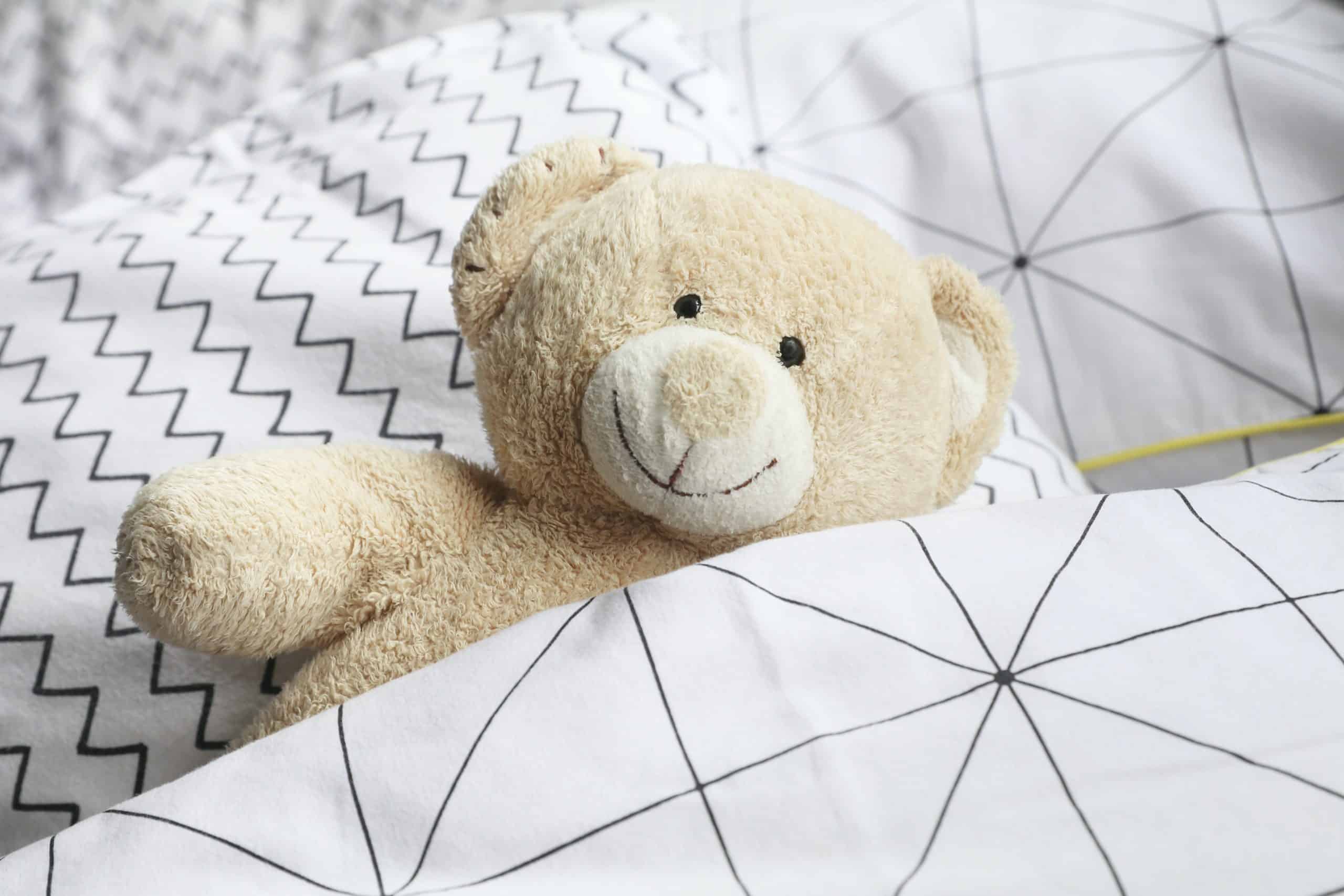
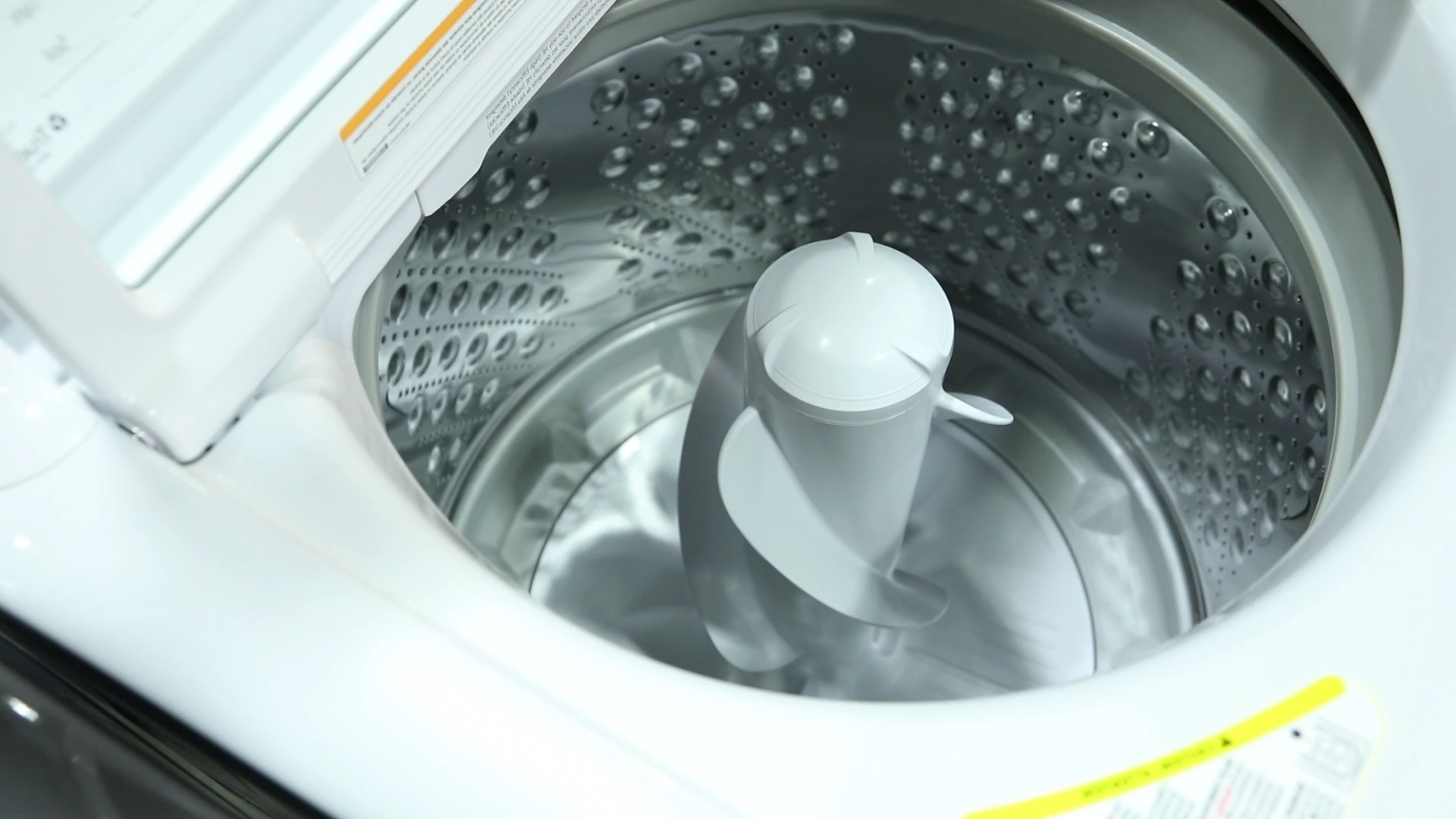
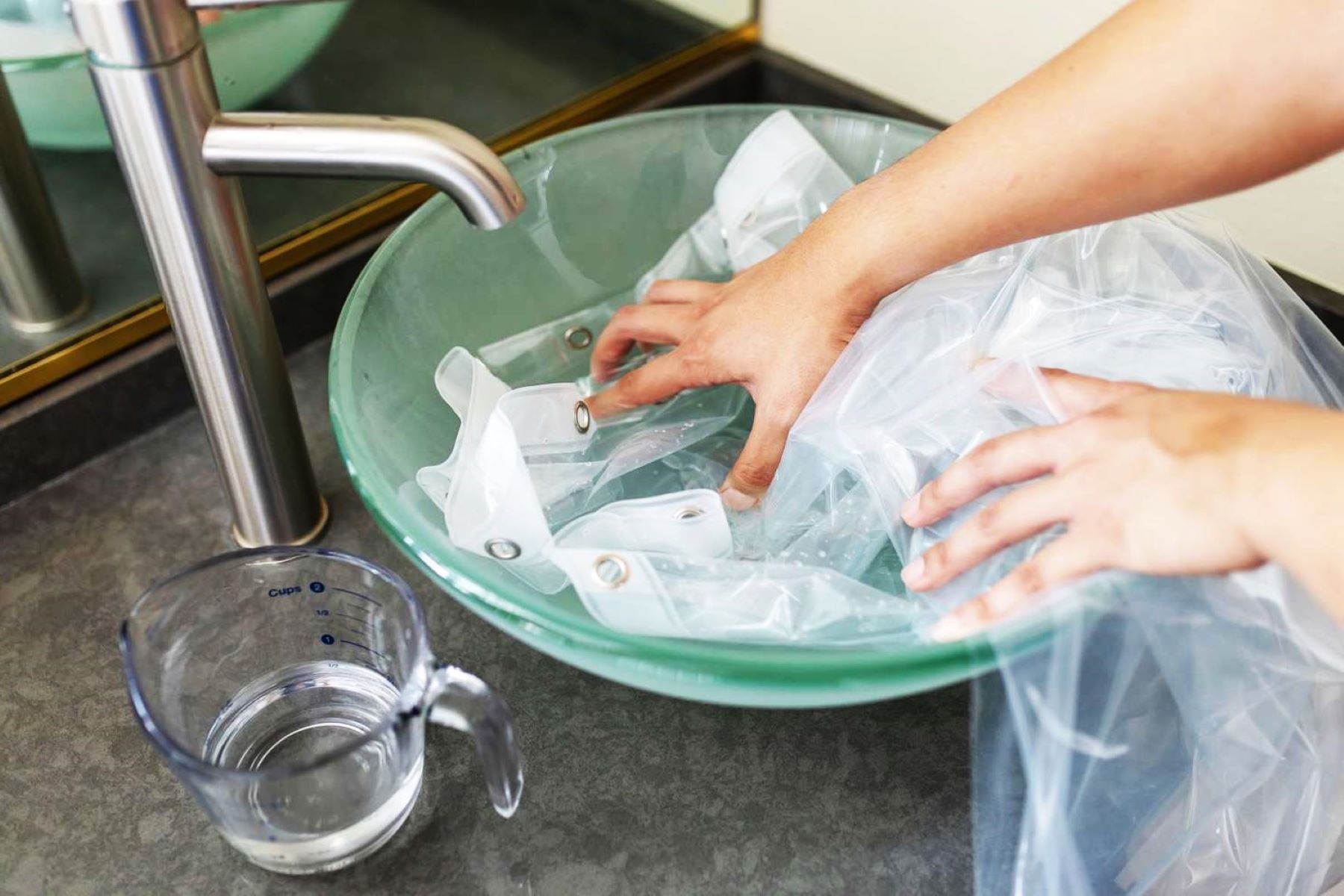
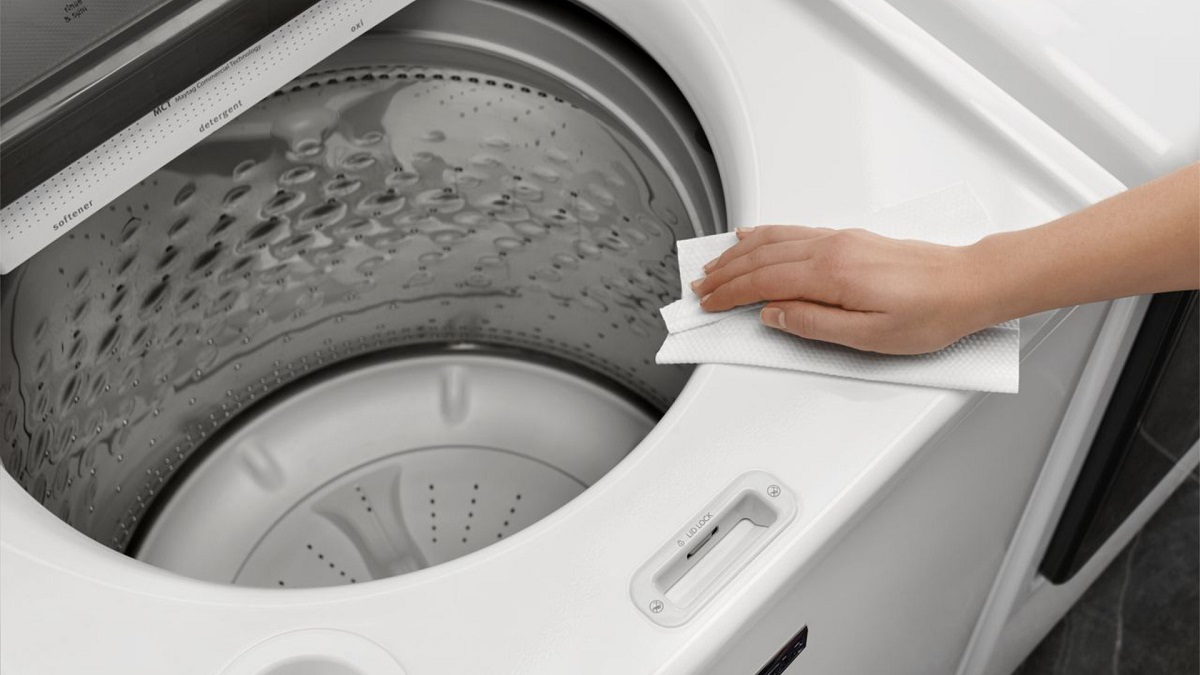
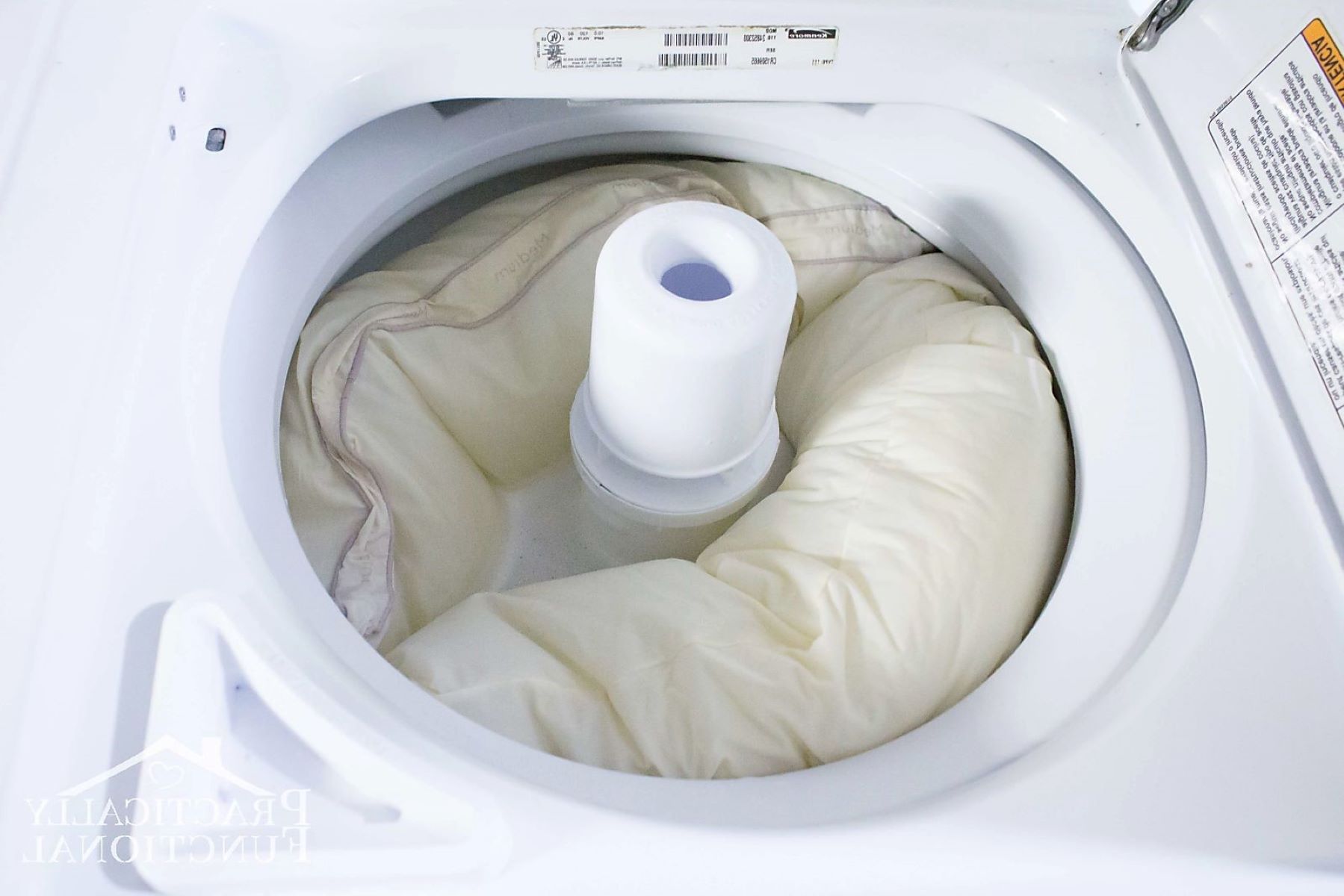
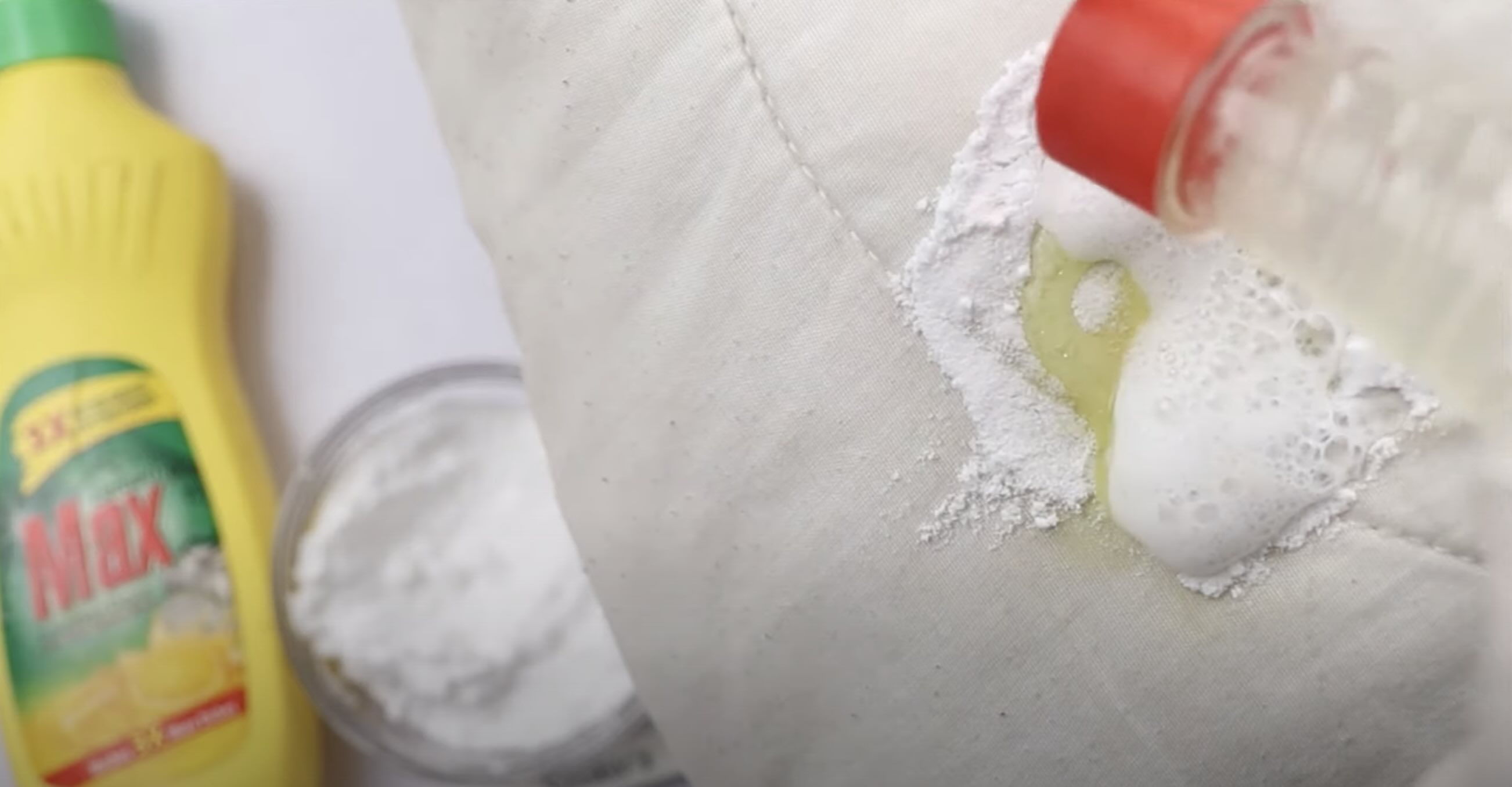
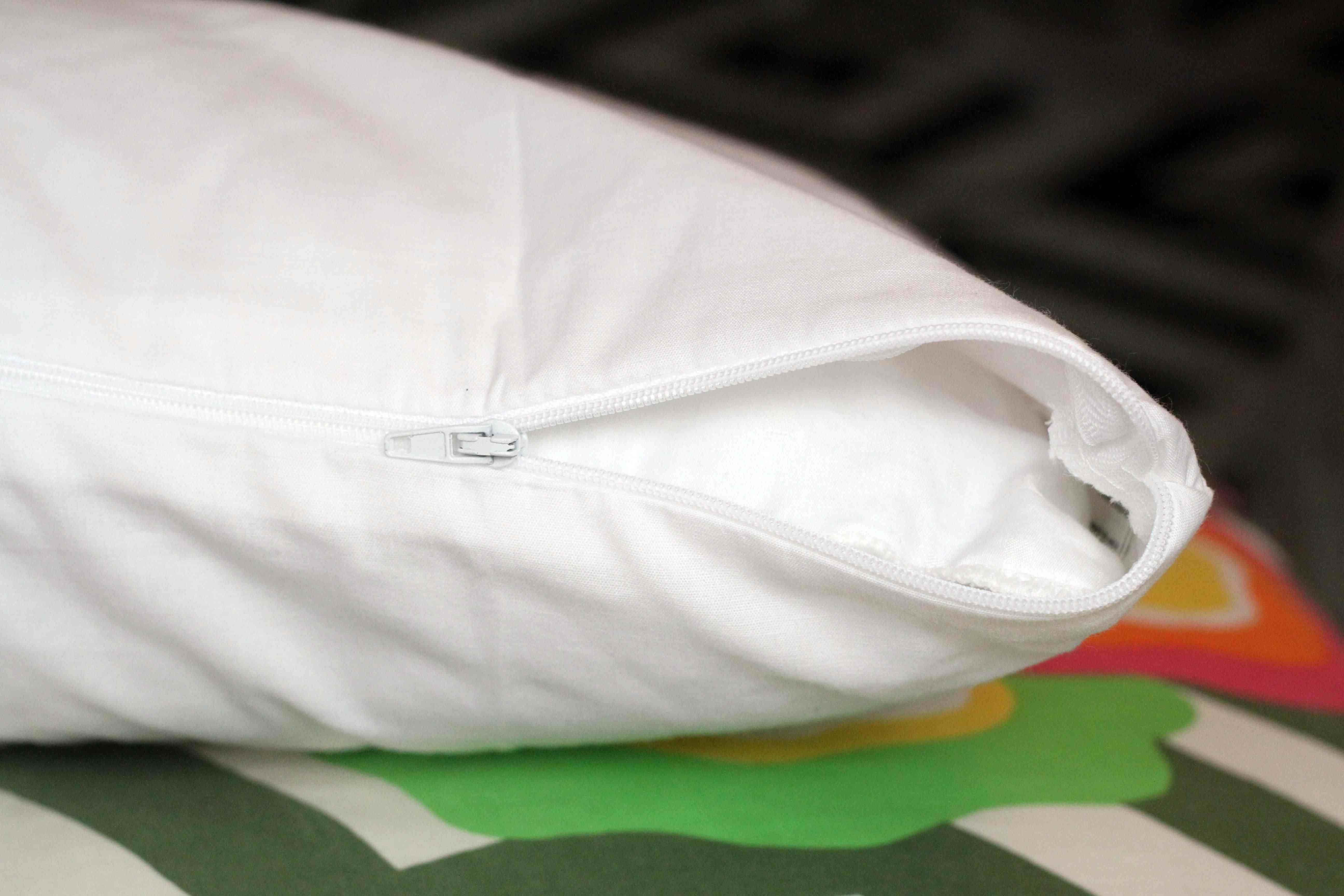
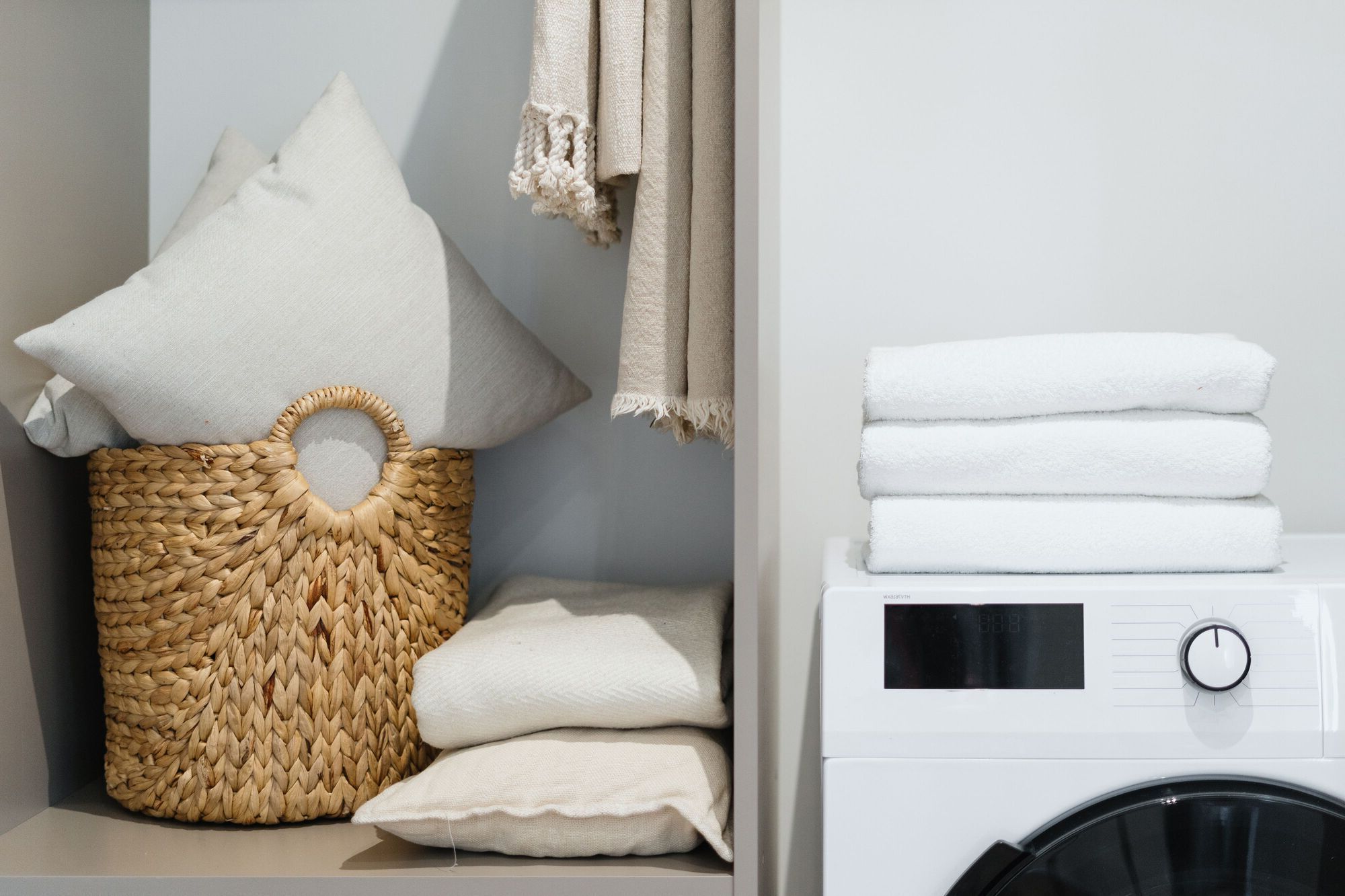
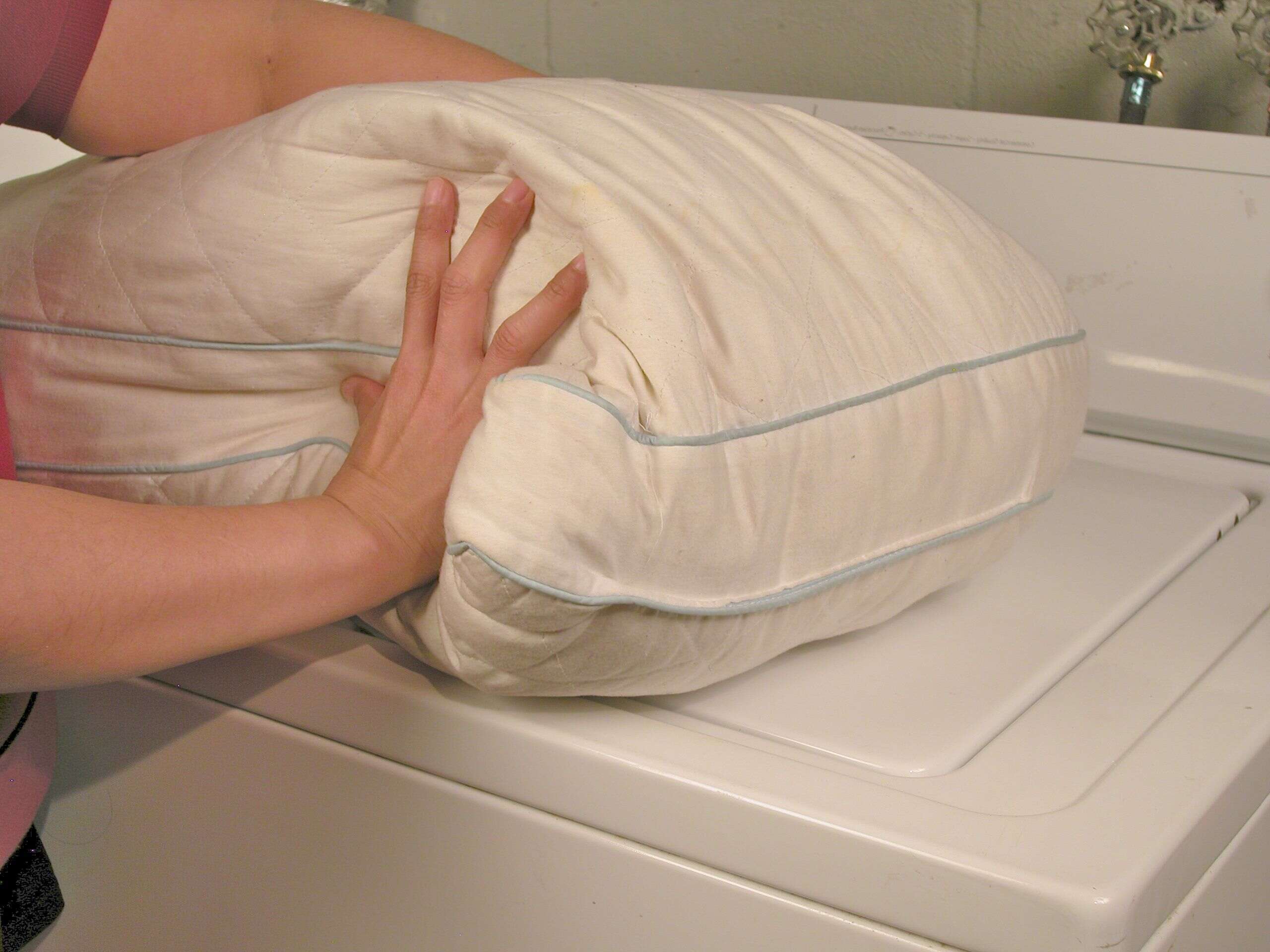
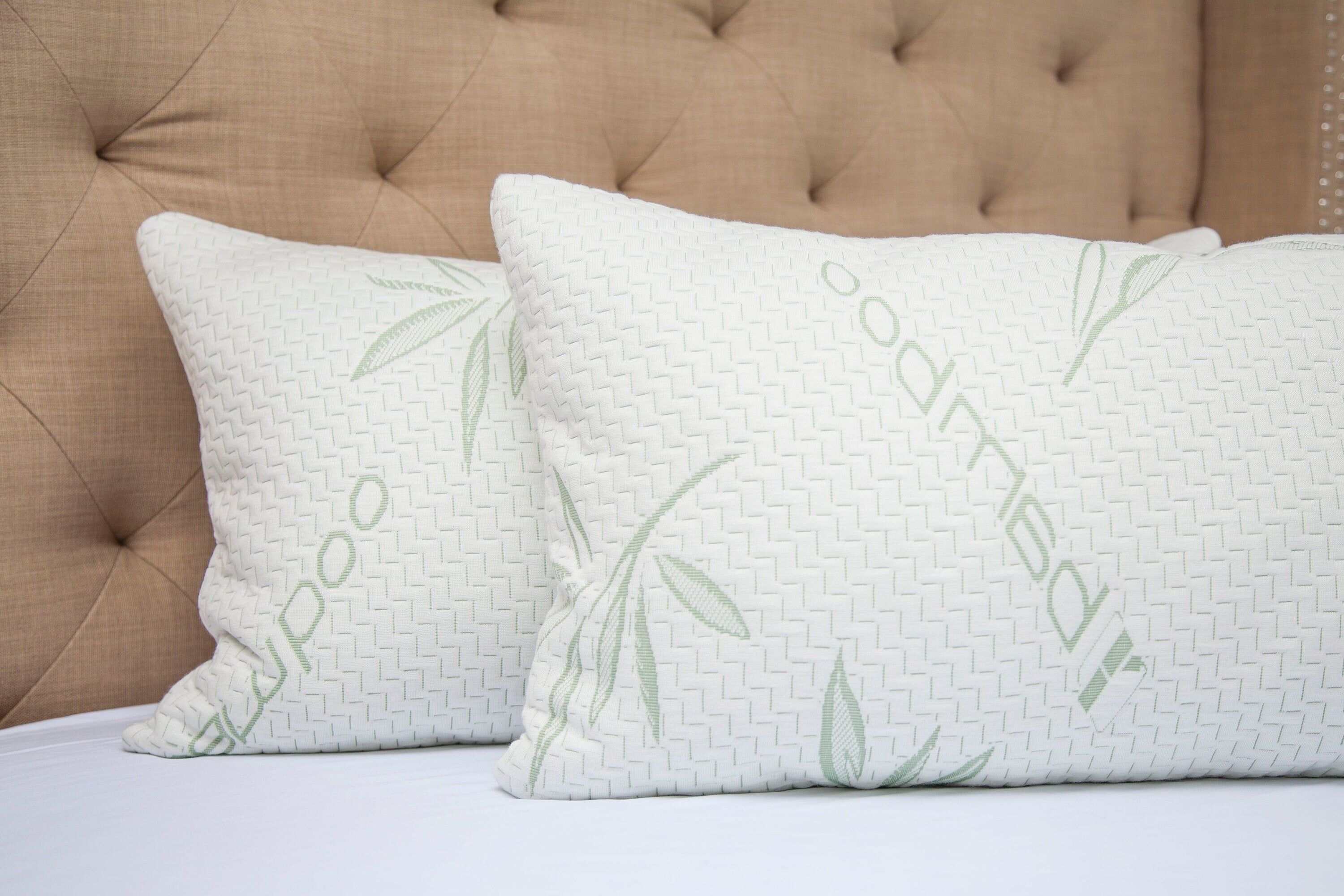
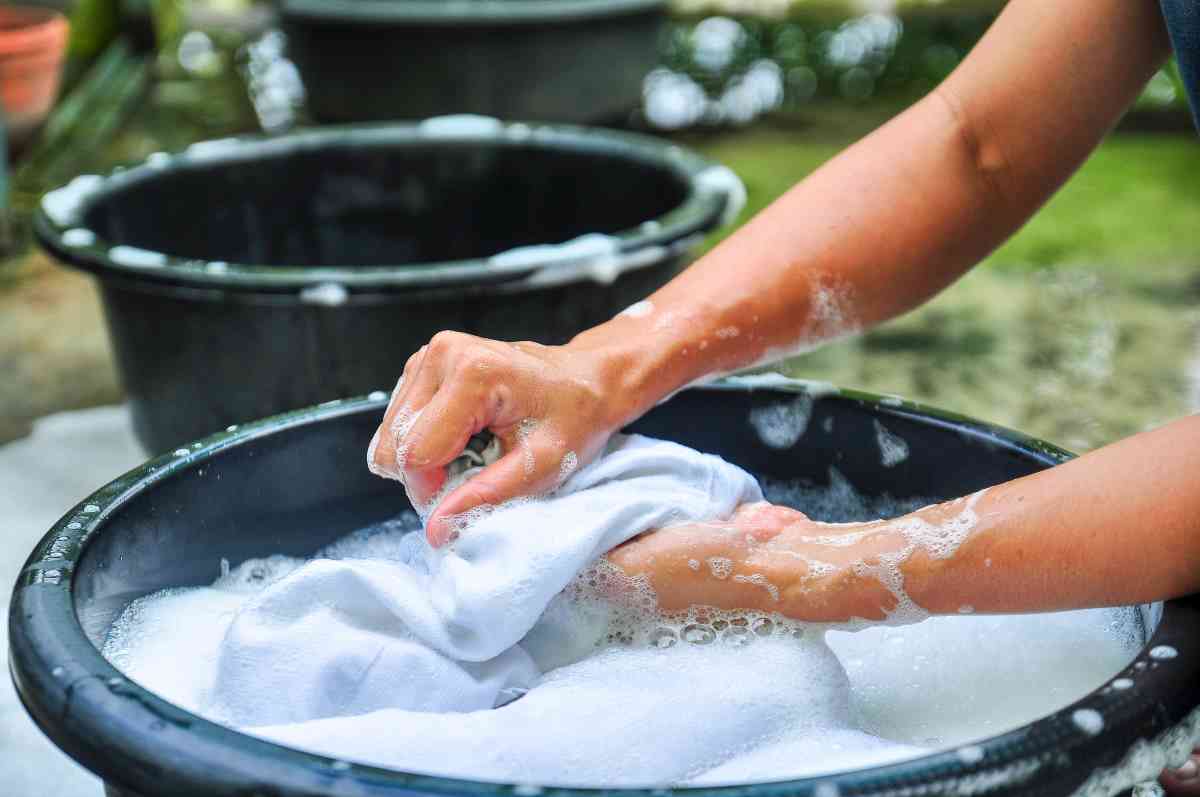

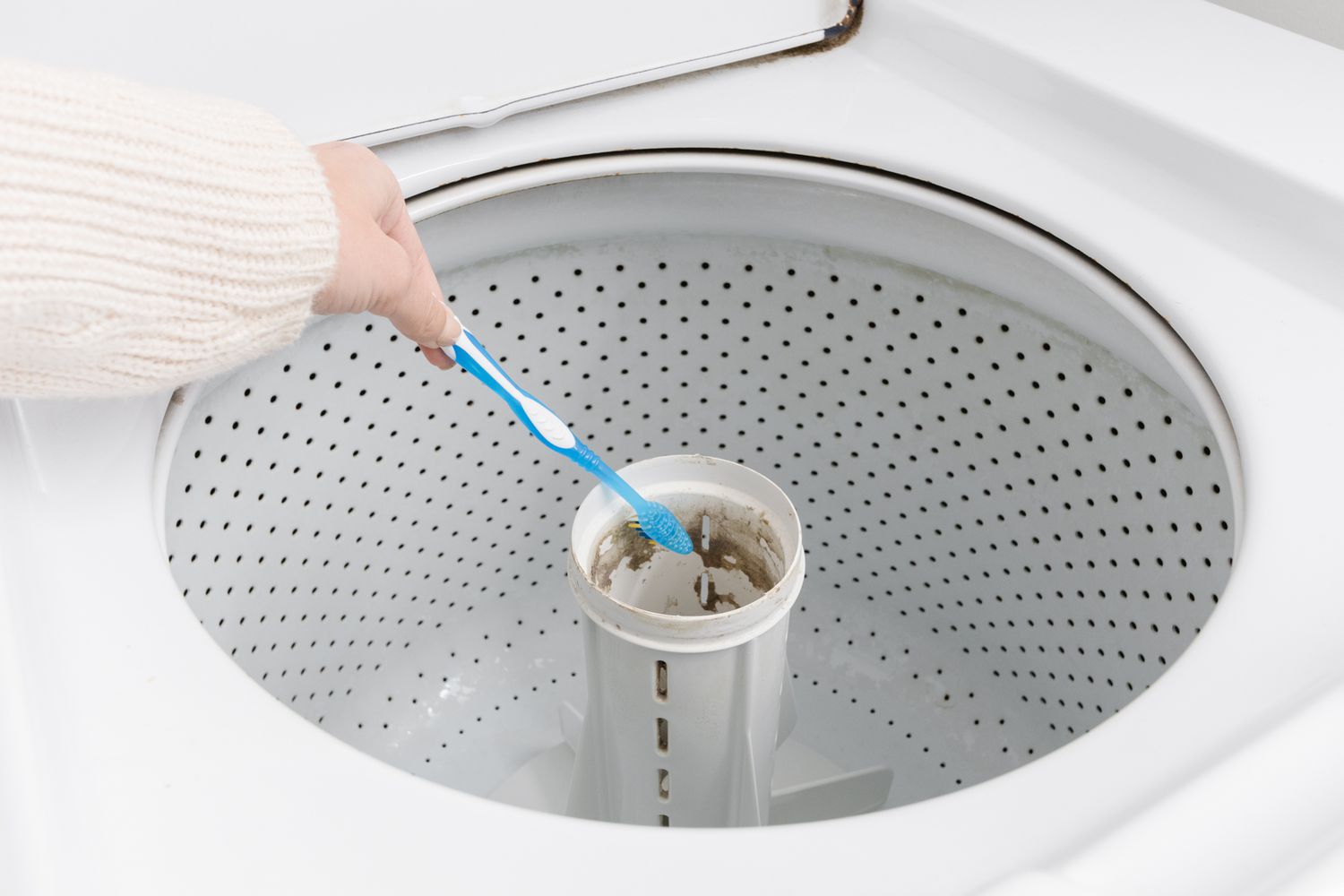
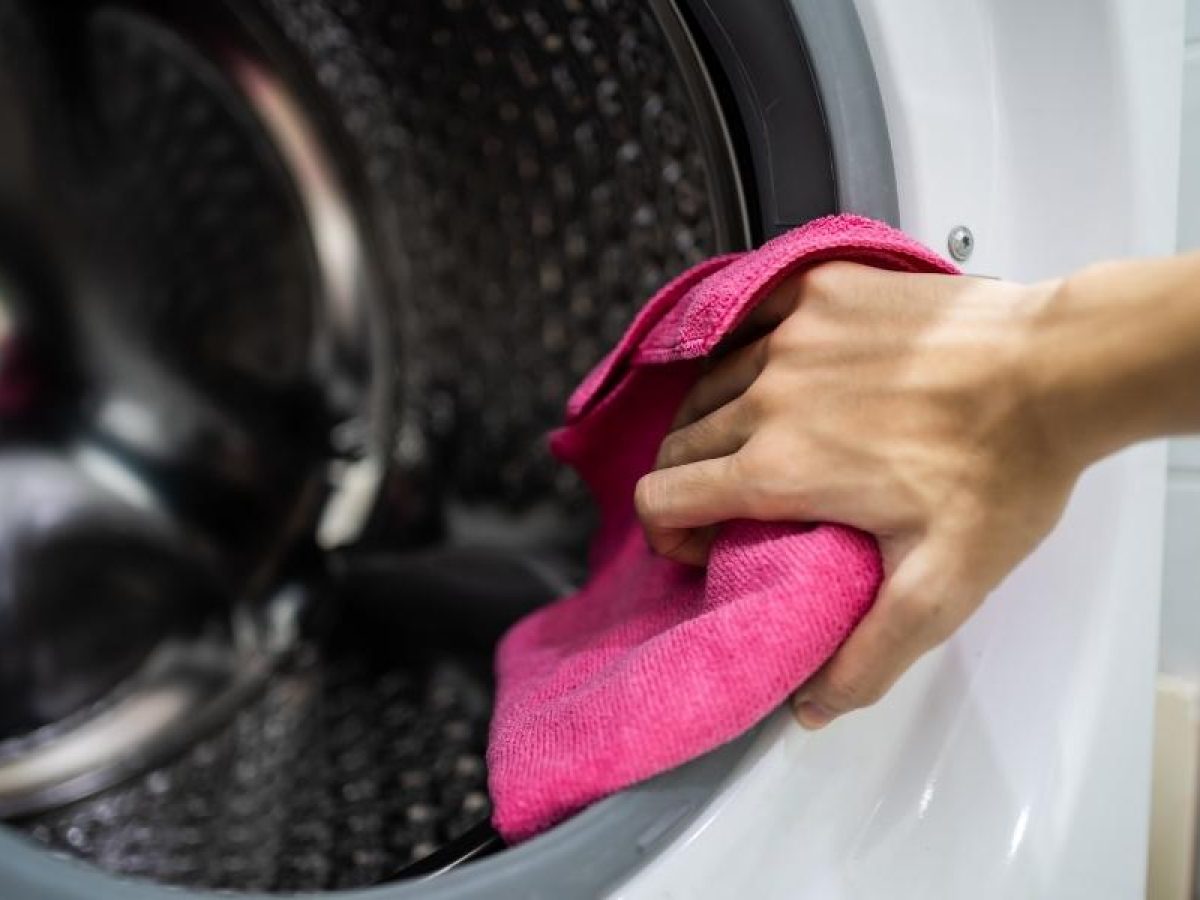

0 thoughts on “How To Clean Pillows Without A Washing Machine”